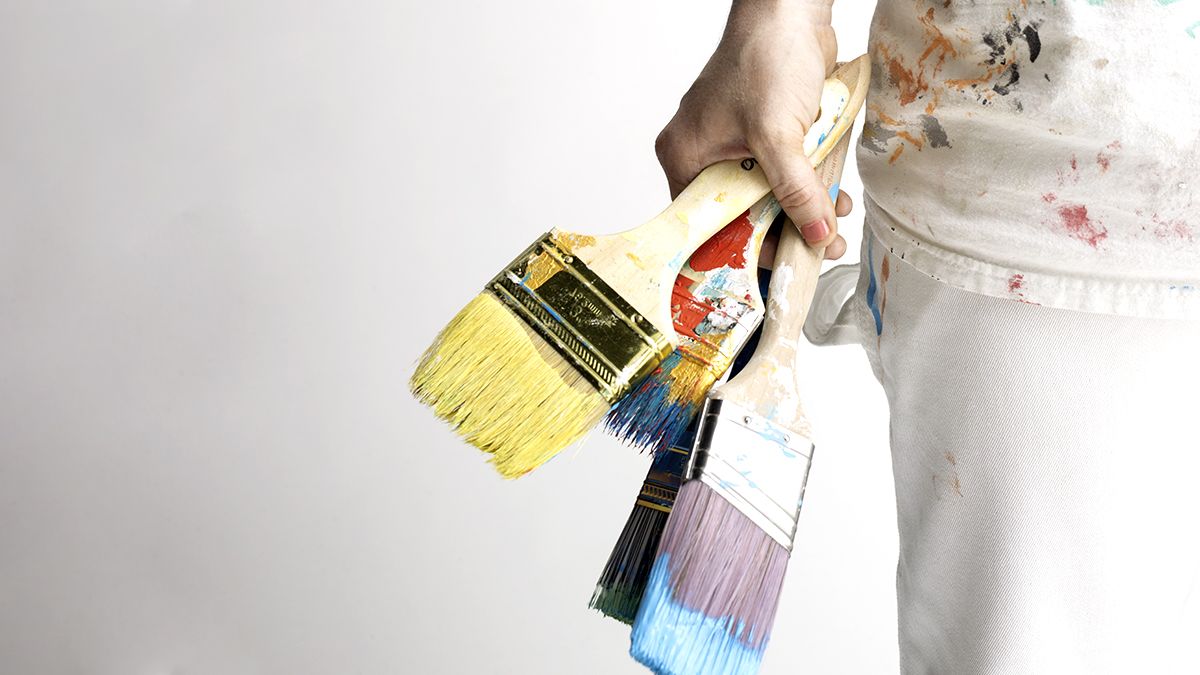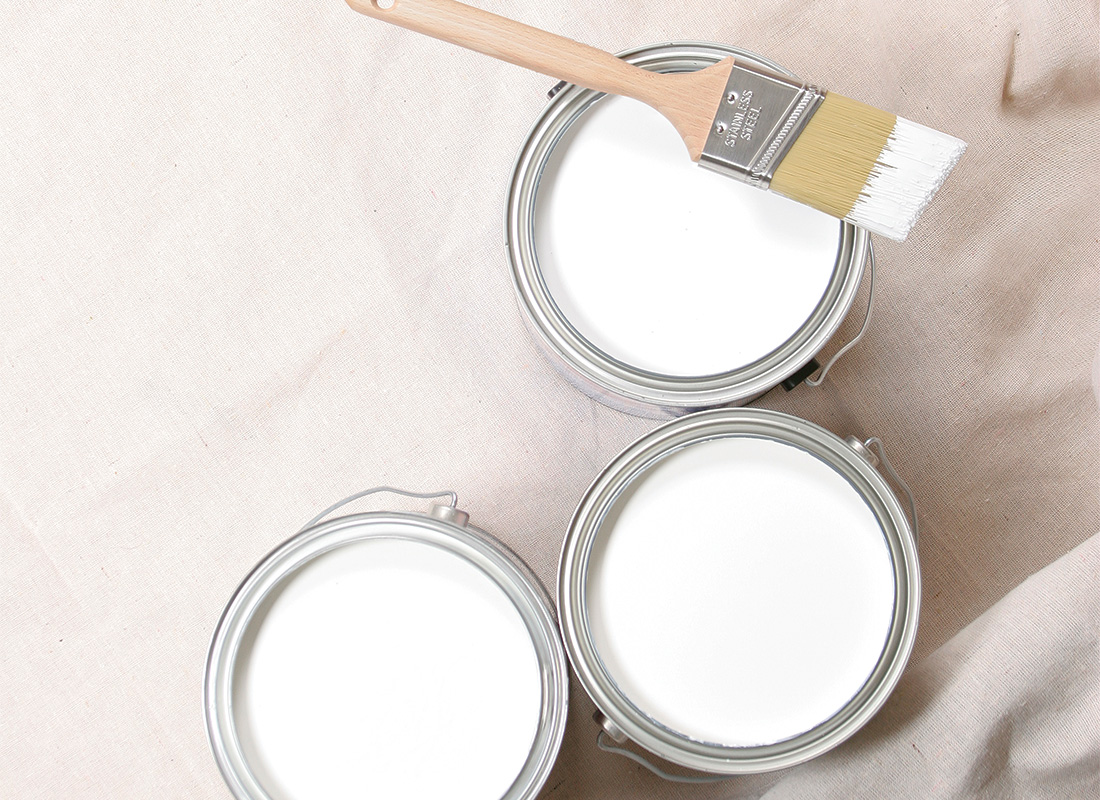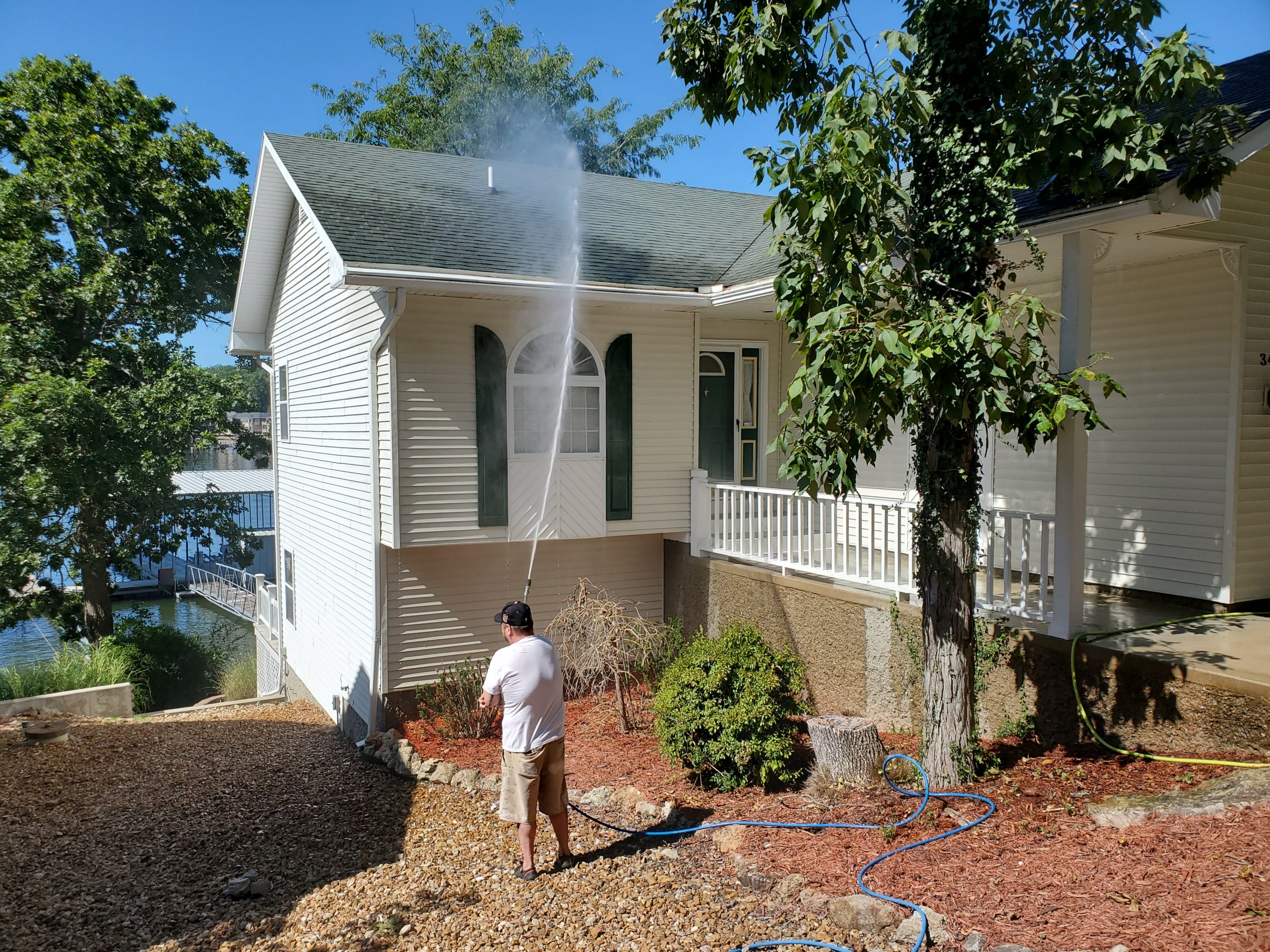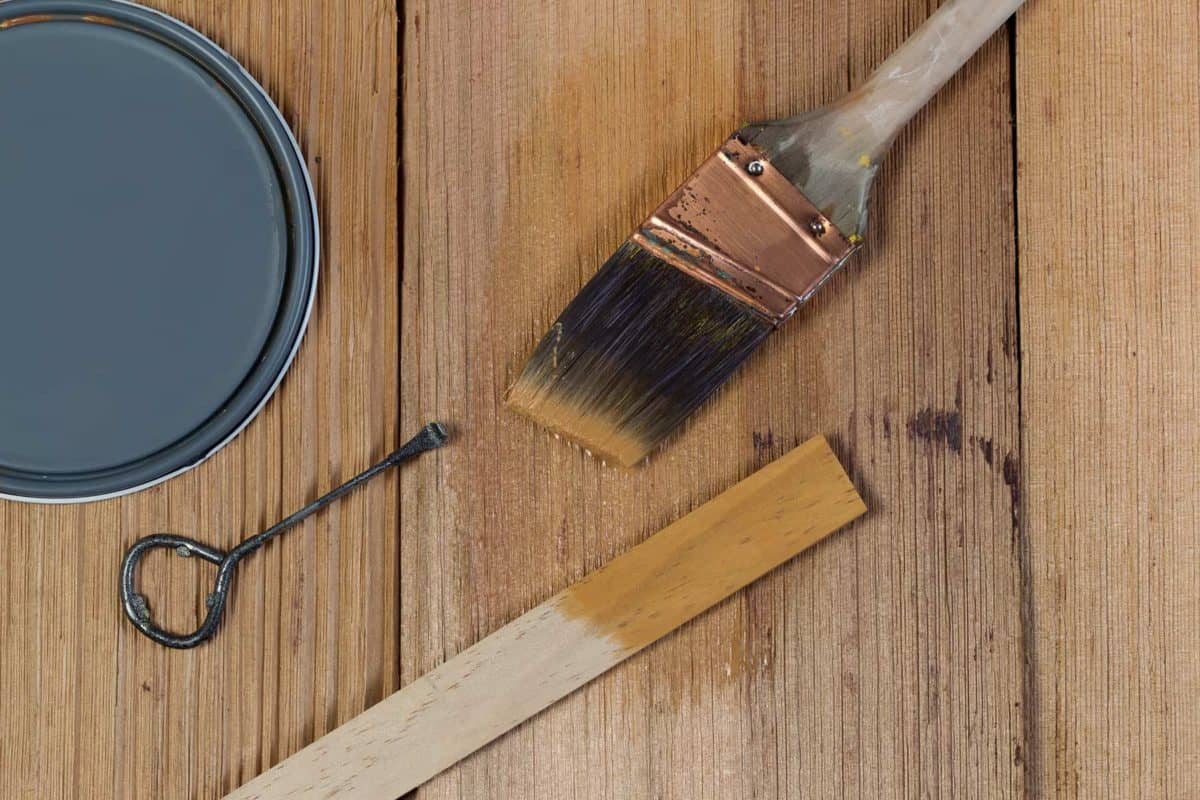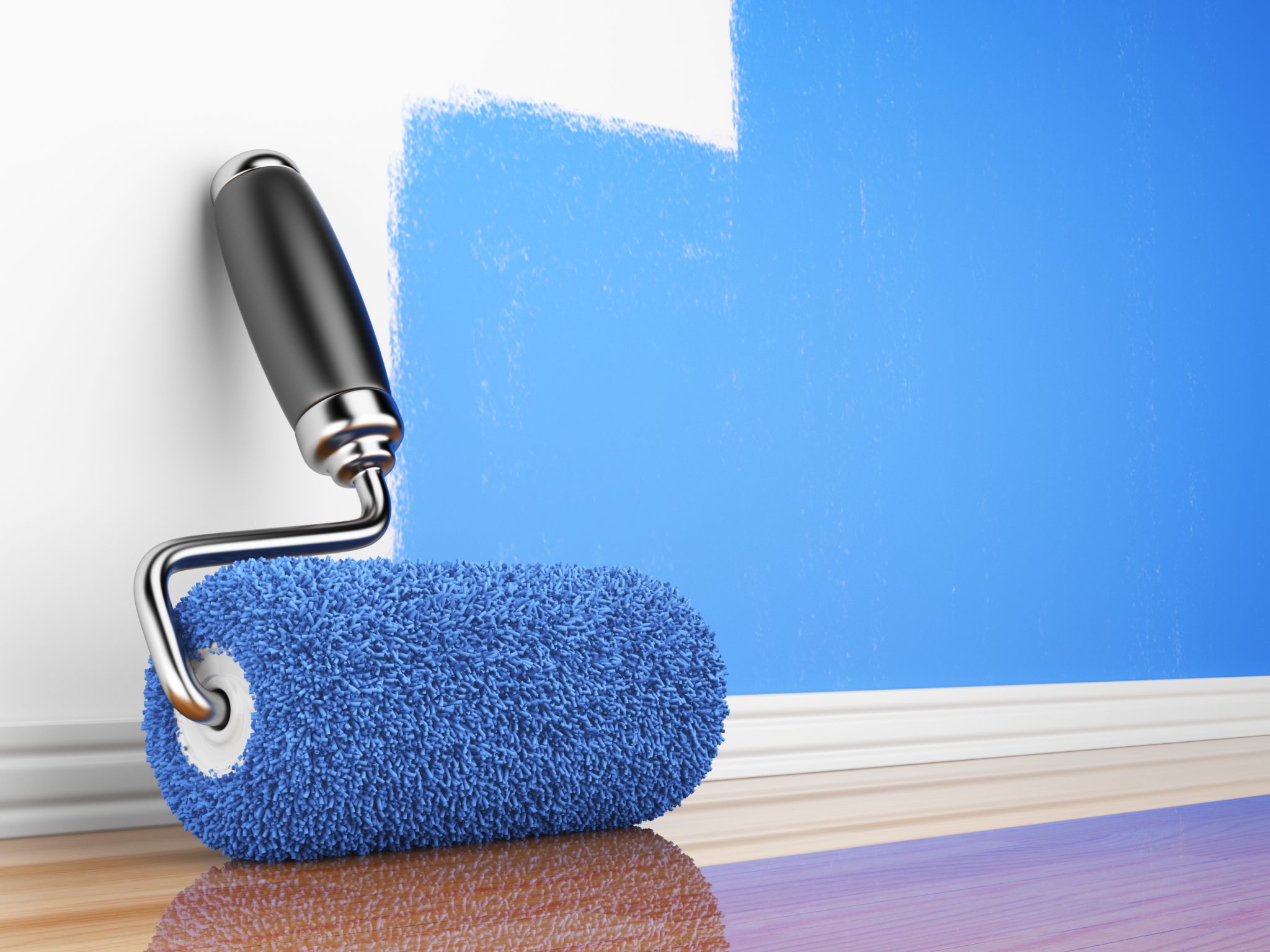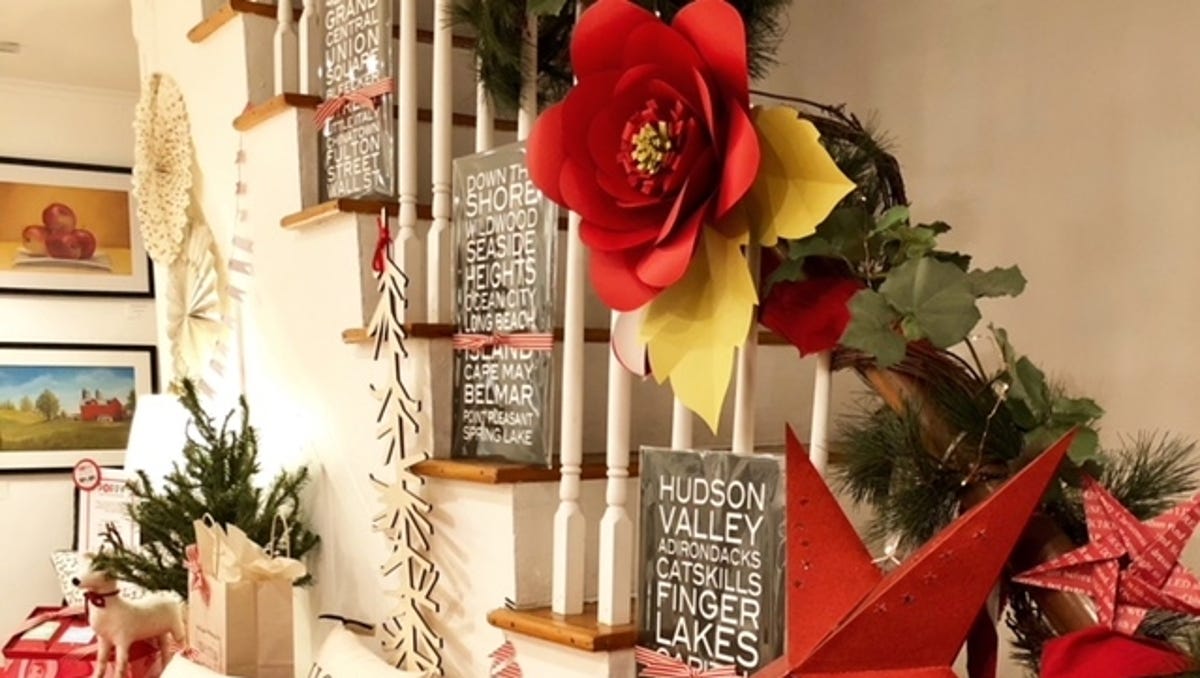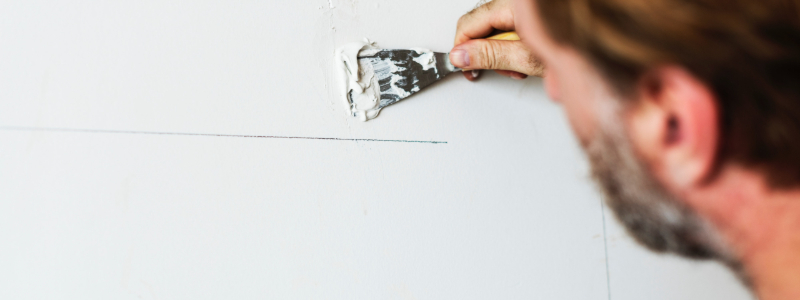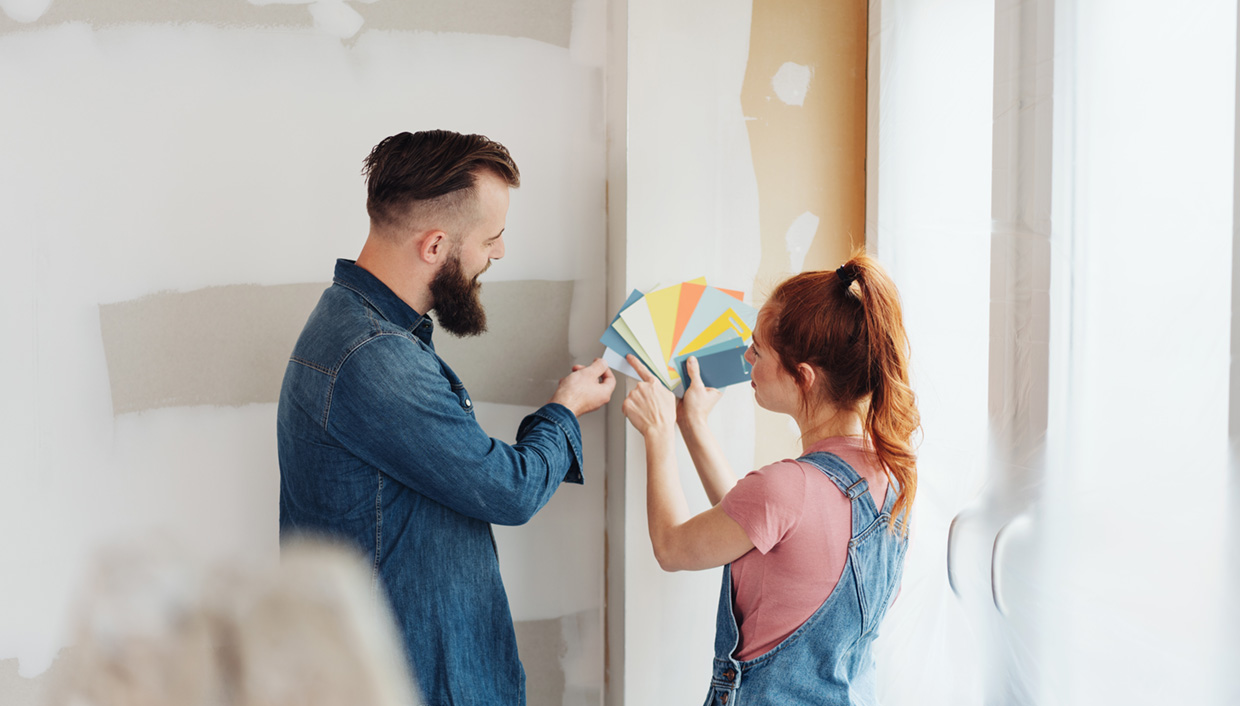The start of a quality commercial paint job begins way before a single brush stroke is made. A lot of the time, the prep work that occurs before any painting determines the quality of the finished project. Poor prep work can ruin a lot of projects before they even get off the ground. Before you dive headfirst into a project, understand the importance of preparing your workspace. From the walls to your tools, our painters in South Jersey provide some tips and insight.
Surface preparation is extremely important and time-consuming work. However, it must be done to ensure the paint adheres to the surface properly. You cannot rush the preparation process because it will end poorly and result in more money being spent trying to correct the result. When working as a commercial painter, this can be a disaster and ruin your reputation in the area very quickly.
Protecting Items And Surfaces
When beginning your preparation, all items and surfaces that are not being painted should be protected. You can protect these items by simply removing them from the area or covering them with tarps. If you are painting a surface that has intricate trim work, you should utilize painter’s tape so the paint doesn’t drip on the wrong spots. The toughest spots to protect are doorways, outlets, and windows.
Power Washing
Surface preparation comes to play with outside surfaces as well. The most popular way to prepare an outside surface is by cleaning it with a power washer. Outside surfaces can have many contaminants such as dirt, rust, algae, mud, and much more. The pressure and temperature of the water will easily remove these contaminants from any surface. If contaminants are not removed, it can jeopardize the durability of the paint job.
Scraping & Drying
After cleaning a surface, you want to let it completely dry before you start moving on to the next step. If a surface is still damp, primer or paint will not adhere properly. For power washing, the surface may remain damp for a few days. Be mindful of this when time is of the essence for a project. After cleaning a surface, loose paint might still be present. Paint leftovers need to be scraped off to make sure a bare surface is available for your new paint. Again, failure to do this may create problems with the new paint adhering properly.
If you have any questions or concerns about your painting project, reach out to Rainer Painting at 856-786-8121!

